Betta splendens
Siamese Fighting Fish
SynonymsTop ↑
Micracanthus marchei Sauvage, 1879; Betta splendens var. abbreviata Pellegrin, 1925
Etymology
Betta: from ikan betah, the vernacular Malay for species of this genus.
splendens: from the Latin splendens, meaning ‘shining, glittering’.
Classification
Order: Perciformes Family: Osphronemidae
Distribution
Occurs naturally throughout central Thailand, from Chiang Rai province in the north to Surat Thani and Phang Nga provinces at the northern extremity of the Malay Peninsula, , just below the Isthmus of Kra. Records from the remainder of southern (peninsular) Thailand, and the Mekong River basin in eastern Thailand, Laos, Vietnam, and Cambodia refer to other species or introduced populations.
It has been introduced to several countries, largely as a result of escape from ornamental fish farms, with known feral populations established in Singapore, Malaysia, Indonesia, Brazil, Colombia, and the Dominican Republic.
Type locality is ‘Menam River, Thailand’, which refers to the Chao Phraya river basin.
Habitat
Inhabits still and sluggish waters, including rice paddies, swamps, roadside ditches, streams and ponds. These are often shaded by submerged, surface or marginal vegetation and sometimes contain little dissolved oxygen. Water conditions tend to vary and change rapidly during the annual monsoon season. Substrates can vary from leaf litter to mud, sand, or deep sediment.
Habitat loss or modification across its natural range has increased significantly in recent years and is exerting a significant detrimental effect on wild populations. Introduction of ornamental forms and other Betta spp. is known to be having an adverse effect on the genetic integrity of some wild populations.
Maximum Standard Length
60 – 70 mm.
Aquarium SizeTop ↑
An aquarium with base measurements of 45 ∗ 30 cm or equivalent is large enough for a single male or pair. SF does not support the practice of keeping this species in tiny aquaria or small jars .
Maintenance
This species fares best in a well-planted, shady aquarium with plenty of surface cover in the form of tall stem plants, floating types such as Salvinia or Riccia spp., or tropical lilies from the genus Nymphaea. Cryptocoryne spp. are also a good choice.
Driftwood can also be used and other plants such as Microsorum or Taxiphyllum spp. may be attached to it. Small clay plant pots, lengths of plastic piping or empty camera film cases can also be included to provide further shelter.
The addition of dried leaf litter offers additional cover and brings with it the growth of microbe colonies as decomposition occurs. These can provide a valuable secondary food source for fry, while tannins and other chemicals released by the decaying leaves are considered beneficial.
As it naturally inhabits sluggish environments strong water movement should be avoided, with an air-powered sponge filter set to turn over gently adequate. Keep the aquarium well-covered and do not fill it to the top since like all Betta spp. it requires occasional access to the layer of humid air that will form above the water surface, and is an excellent jumper.
Water Conditions
Temperature: 22 – 30 °C
pH: Wild-collected fish are likely to prefer a value between 5.0 – 7.0, but ornamental strains are unfussy with a range of 6.0 – 8.0 acceptable.
Hardness: 18 – 268 ppm; see comments under pH on wild vs. captive-bred fish.
Diet
Likely to prey on aquatic and terrestrial invertebrates in nature.
Captive fish will normally accept dried products once they are recognised as edible, but should be offered plenty of small live or frozen foods such as Daphnia, Artemia or chironomid larvae (bloodworm) regularly to ensure development of optimal colour and condition. Small insects such as pinhead crickets or Drosophila fruit flies are also suitable to use; it is best to fill the stomachs of these by feeding them fish flakes or some kind of vegetable matter before offering them to the fish.
Take care not to overfeed as Betta spp. seem particularly prone to obesity.
Behaviour and CompatibilityTop ↑
Not recommended for the standard community aquarium. Its care requirements and disposition mean it is best kept alone. Sometimes individual fish may tolerate other species, but this is the exception not the expected norm.
Some small cyprinids and loaches that inhabit similar environments in nature are suitable, but proper research prior to purchase is essential and in most cases it is best maintained alone. Species with body shapes or trailing finnage should certainly be avoided, since a male may view these as rivals.
Ornamental strains seem to be more aggressive than any other Betta species, including others from the B. splendens group, and only a single individual can be kept per tank in most cases. Usual practice is also to maintain males and females separately unless breeding.
Sexual Dimorphism
Males are more colourful and develop more-extended fins than females, this being taken to extremes in some of the innumerable ornamental strains (see ‘Notes’).
Reproduction
Bubble nester. It is particularly important to provide plenty of cover for the female, and empty camera film canisters or lengths of plastic tubing can be used to offer potential nesting sites. Floating plants may be incorporated into the nest if present.
The aquarium should have the tightest-fitting cover possible (some breeders use clingfilm/plastic wrap) because the fry need access to a layer of warm, humid air without which development of the labyrinth organ can be impaired.
The pair need not be separated prior to spawning. The male might construct the nest in a tube or canister, under a broad plant leaf or among fine-leaved surface vegetation, and will not usually tolerate the female in the vicinity until it is complete.
The nuptial female becomes paler in colour and dark bars appear on the flanks. Spawning normally occurs beneath the nest in an ’embrace’ typical of osphronemids, with the male wrapped around the female.
At the point of climax milt and a few eggs are released, which the female proceeds to catch between pelvic fins and body. The male then transfers these to the nest while the female recovers any loose eggs. The process is then repeated until the female is spent.
Post-spawning the adults can normally be left in situ although the female is no longer actively involved, the male assuming sole responsibility for guarding and tending the nest.
The eggs hatch in 24-48 hours, remaining in the nest for a further 3-4 days until the yolk sac is fully-absorbed, the male continuing to collect and return any that fall. If threatened the entire nest may be moved elsewhere. Once the fry begin to swim freely the male will lose interest, but the adults do not usually eat their offspring.
The require an infusoria-grade food for the first few days, after which they can accept motile foods such as microworm and Artemia nauplii, though it should be noted that there exist reports of young Betta developing health issues if fed excessive amounts of the latter. Water changes should be small and regular rather than large and intermittent.
NotesTop ↑
This species is among the most popular and well-known aquarium fishes. Its common name is derived from the tradition of keeping the fish in order to fight against each other in organised ’bouts’ upon which participants and onlookers place wagers. It has been extensively line-bred for vigour, strength, and the ornamental trade, and hybridised with the congeners B. imbellis, B. smaragdina, and B. mahachaiensis.
The wild form is rarely seen in the aquarium hobby but there exist countless ornamental strains which vary tremendously in colour pattern, morphology of fins and body, quality, and price. The cheap, ‘veiltail’ strains found on sale in the majority of stores are mostly mass-produced in Southeast Asia or Eastern Europe and often exhibit genetic defects or other health issues, so it is best to find a reputable private breeder if possible.
Females are also available in a myriad of colours, and some commercial breeders have apparently taken to producing very short-finned males which are subsequently sold as females, purportedly in order to discourage private breeding efforts. The vernacular name ‘plakat’, often applied to short-finned ornamental strains, is derived from ‘pla kat’, the Thai name for all members of the B. splendens group.
This species lends its name to the Betta splendens complex of closely-related species within the genus, of which members share the following series of characters: head length short 22-31 % SL; often a brightly-coloured body; iris of the eye with iridescent green or blue patches; body elongate or slender; opercles parallel when head viewed dorsally; caudal-fin rays red or brown and contrasting with the iridescent interradial membranes; unpaired fins without an iridescent margin; opercle with red or blue vertical bars in males; dorsal-fin rays 0-II, 7-9; anal-fin rays II-V, 21-26.
The unique combination of characters distinguishing B. splendens from others in the group is as follows: no iridescent scales on opercle; opercle with red-coloured parallel vertical bars; fins in male blue, green, or red; head and body relatively stocky with depth 27.1-32.2 % SL.
The genus Betta is the most speciose within the family Osphronemidae. Members have successfully adapted to inhabit a variety of ecological niches from stagnant ditches to flowing hill streams including some extreme environments such as highly acidic peat swamp forests.
The referral of members to a number of groups containing closely-related species is largely based on morphological and behavioural characters. A full list of the species groups as currently recognised can be found here.
Like others in the suborder Anabantoidei this species possesses an accessory breathing organ known as the labyrinth, which permits the fish to breathe atmospheric air to a certain extent. Comprising paired suprabranchial organs formed via expansion of the epibranchial (upper) section of the first gill arch and housed in a chamber above the gills, it contains many highly-vascularised, folded flaps of skin which function as a large respiratory surface. Its structure varies in complexity between species, tending to be more developed in those inhabiting harsher environments.
References
- Regan, C. T., 1910 - Proceedings of the Zoological Society of London 1909(4): 767-787
The Asiatic fishes of the family Anabantidae. - Kottelat, M., 2013 - Raffles Bulletin of Zoology Supplement 27: 1-663
The fishes of the inland waters of southeast Asia: a catalogue and core bibiography of the fishes known to occur in freshwaters, mangroves and estuaries. - Kowasupat, C., B. Panijpan, P. Ruenwongsa and N. Sriwattanarothai, 2012 - Zootaxa 3522: 49-60
Betta mahachaiensis, a new species of bubble-nesting fighting fish (Teleostei: Osphronemidae) from Samut Sakhon Province, Thailand. - Kowasupat, C., B. Panijpan, P. Ruenwongsa and T. Jeenthong , 2012 - Vertebrate Zoology 62(3): 387-397
Betta siamorientalis, a new species of bubble-nest building fighting fish (Teleostei: Osphronemidae) from eastern Thailand. - Roberts, T. R., 1981 - Cybium 5(2): 91-92
Identification of the presumed African freshwater fishes Micracanthus marchei (Belontiidae) and Chonerhinos africanus (Tetraodontidae). - Tan, H. H. and P. K. L. Ng, 2005 - Raffles Bulletin of Zoology Supplement (13): 43-99
The fighting fishes (Teleostei: Osphronemidae: Genus Betta) of Singapore, Malaysia and Brunei. - Tan, H. H. and P. K. L. Ng, 2005 - Raffles Bulletin of Zoology Supplement (13): 115-138
The labyrinth fishes (Teleostei: Anabantoidei, Channoidei) of Sumatra, Indonesia. - Witte, K.-E. and J. Schmidt, 1992 - Ichthyological Exploration of Freshwaters 2(4): 305-330
Betta brownorum, a new species of anabantoids (Teleostei: Belontiidae) from northwestern Borneo, with a key to the genus.

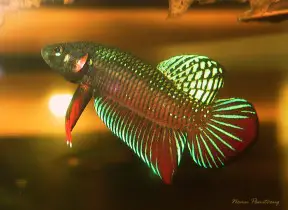
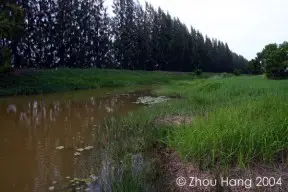
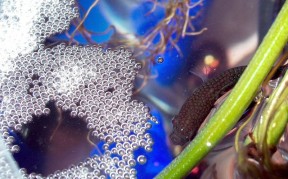

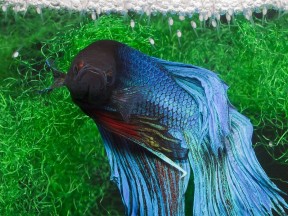
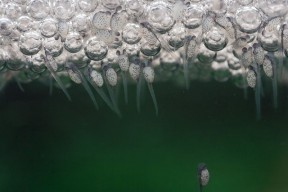
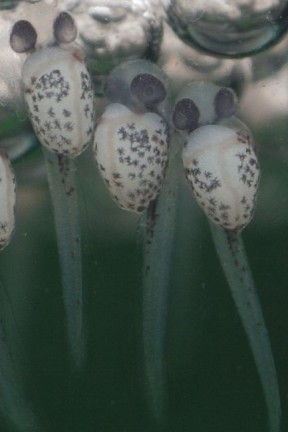
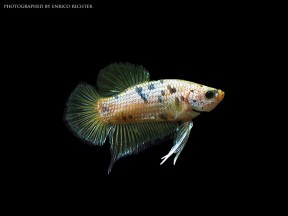
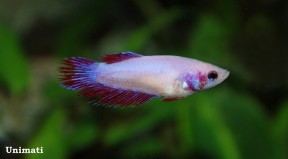
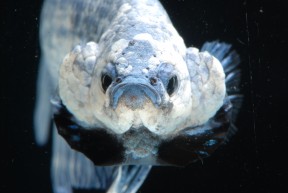
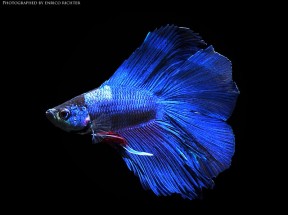
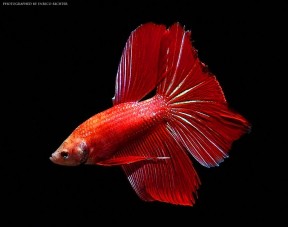
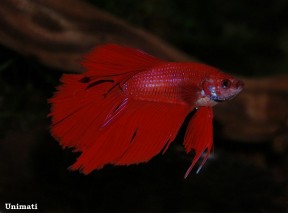
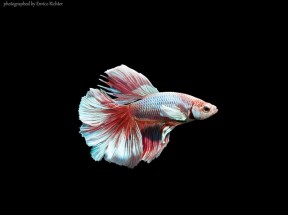
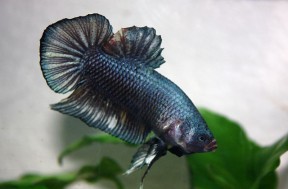
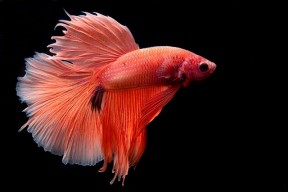

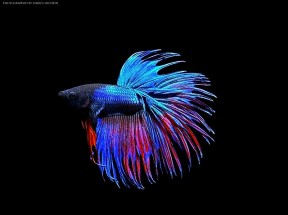

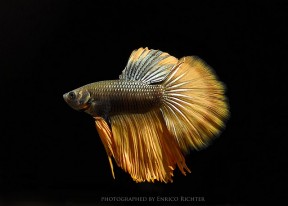
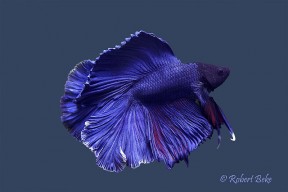


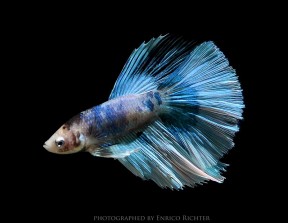
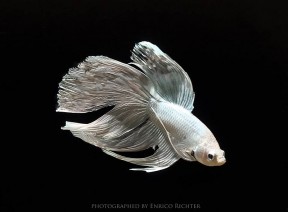
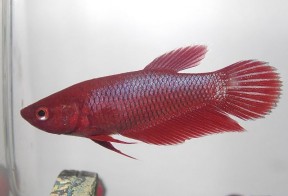

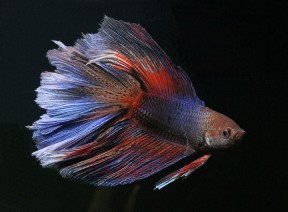
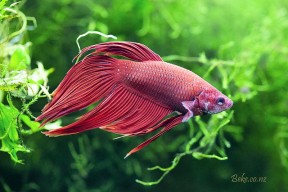

April 10th, 2015 at 11:53 pm
“A popular option is to keep a single male alongside several females.”
Excuse me if I’m wrong, but I’ve read and heard that males and females should not be kept together unless they are spawning.
(Unless, you guys mean a extremely large and planted aquarium, but that is still very risky?)
Was this referring to a sorority, were only females are kept together?
September 9th, 2015 at 11:06 pm
Ok, this is (belatedly) fixed. Thanks for the feedback.